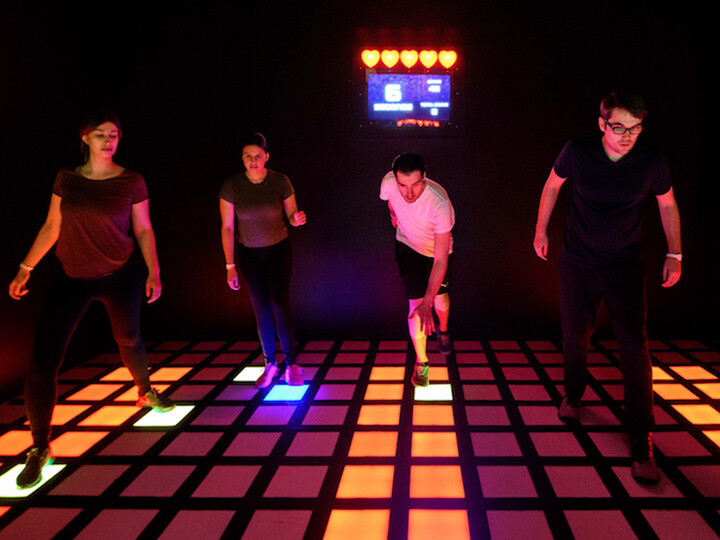Selecting the appropriate components for constructing a long-lasting and secure external performance surface is essential for guaranteeing an pleasurable session. Exterior movement platforms must endure diverse climate elements while offering a firm foundation for dancers and attendees. Thus, it is essential to consider factors such as material durability, safety features, and maintenance demands when making choices. This guide will explore several suitable materials and their advantages in creating an outdoor dance floor.
One common option for outdoor dance floors is wood. Wood provides a classic and warm aesthetic that many find attractive. Solid woods like beech or ash are particularly preferred due to their durability and ability to absorb impact, which can protect dancers’ joints. Additionally, timber has inherent anti-slip qualities when finished properly, reducing the chance of injuries. However, preserving a timber dance floor demands routine sealing and refinishing to protect it from moisture and ultraviolet exposure, rendering it essential to consider the climate in which the floor will be installed.

Another practical option is composite materials, which blend natural fibers with plastic. These composites are designed to be impervious to humidity, mildew, and fading from sunlight. Composite dance floors provide longevity comparable to conventional wood without the extensive upkeep. They are less susceptible to warping and splitting than natural wood floors when subjected to extreme outdoor conditions. Furthermore, composite materials often have built-in slip resistance features, making them a more secure selection for open-air occasions.
For those looking for a more contemporary approach, interlocking tiles made of PVC or elastomer are reliable options. These tiles are crafted for hassle-free installation and can be rearranged or replaced as needed. The flexibility of using interlocking tiles allows for rapid assembly and disassembly, making them suitable for short-term dance venues or gatherings. Additionally, these materials provide cushioning that enhances comfort while dancing and minimizes the risk of accidents resulting from falls. The sealed structure of PVC and rubber also inhibits water penetration, additionally extending the lifespan of you could check here the flooring.
Finally, it is vital to consider the location and planned function of the outdoor dance floor when selecting materials. For instance, if the dance floor will be situated in a high-traffic area or exposed to inclement weather frequently, opting for robust surfaces that require low upkeep will be important. On the other hand, for lighter use or in more protected areas, less heavy options may multi-purpose dance floor rentals be adequate. In any case, emphasizing safety aspects such as grip and impact resistance should stay at the center of design.
To summarize, constructing a long-lasting and secure open-air dance floor involves careful assessment of various solutions appropriate for different settings and applications. Wood provides timeless aesthetics but demands consistent care; engineered composites blend appearance with durability; modular flooring offer adaptability and ease of use. At the end of the day, understanding the specific needs of the dance floor's intended use will guide decision-making toward selecting the most appropriate solution for an satisfying and secure dancing experience in outdoor spaces.